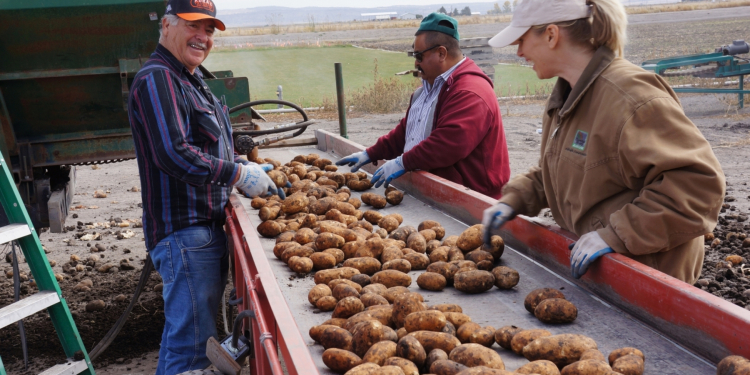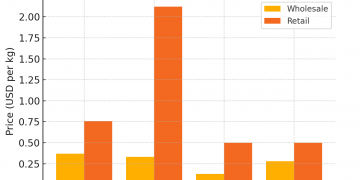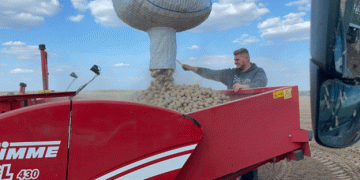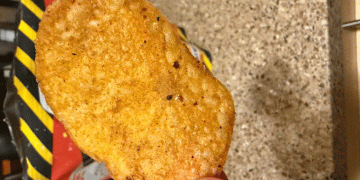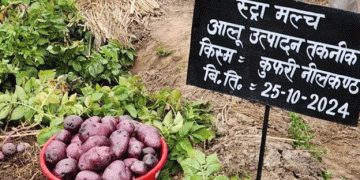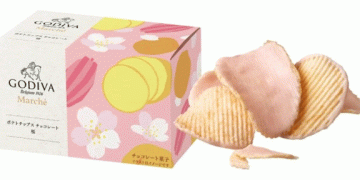Welcome rays of sunshine bring a danger to health for those who work outdoors over prolonged periods
Summer is on its way and with it has come the prospect of blue skies, glorious sunshine and rising temperatures. Weather patterns in recent years have shown that seaside resorts like Ballybunion and Barleycove can sometimes be as warm as Marbella and Malaga. And the prospect of bright days ahead has never been more anticipated as society begins to open up after a difficult and traumatic year coping with the impact of Covid-19.
But the welcome sunshine will also bring with it a danger to public health for those who work outdoors over prolonged periods. Most people living in Ireland have fair skin, the type which burns easily and tans poorly. They are at high risk of ultraviolet radiation damage from the sun with an increased risk of developing skin cancer. Over 13,000 cases are confirmed here annually. The number of people being diagnosed is rising rapidly.
Farmers have a higher cancer mortality than blue/white collar workers, with ultraviolet sunlight being a significant cause. Up to 90% of these sunrays can get through light cloud and it doesn’t have to be a warm and sunny day. They are strongest between April and September, and between 11am and 3pm daily.
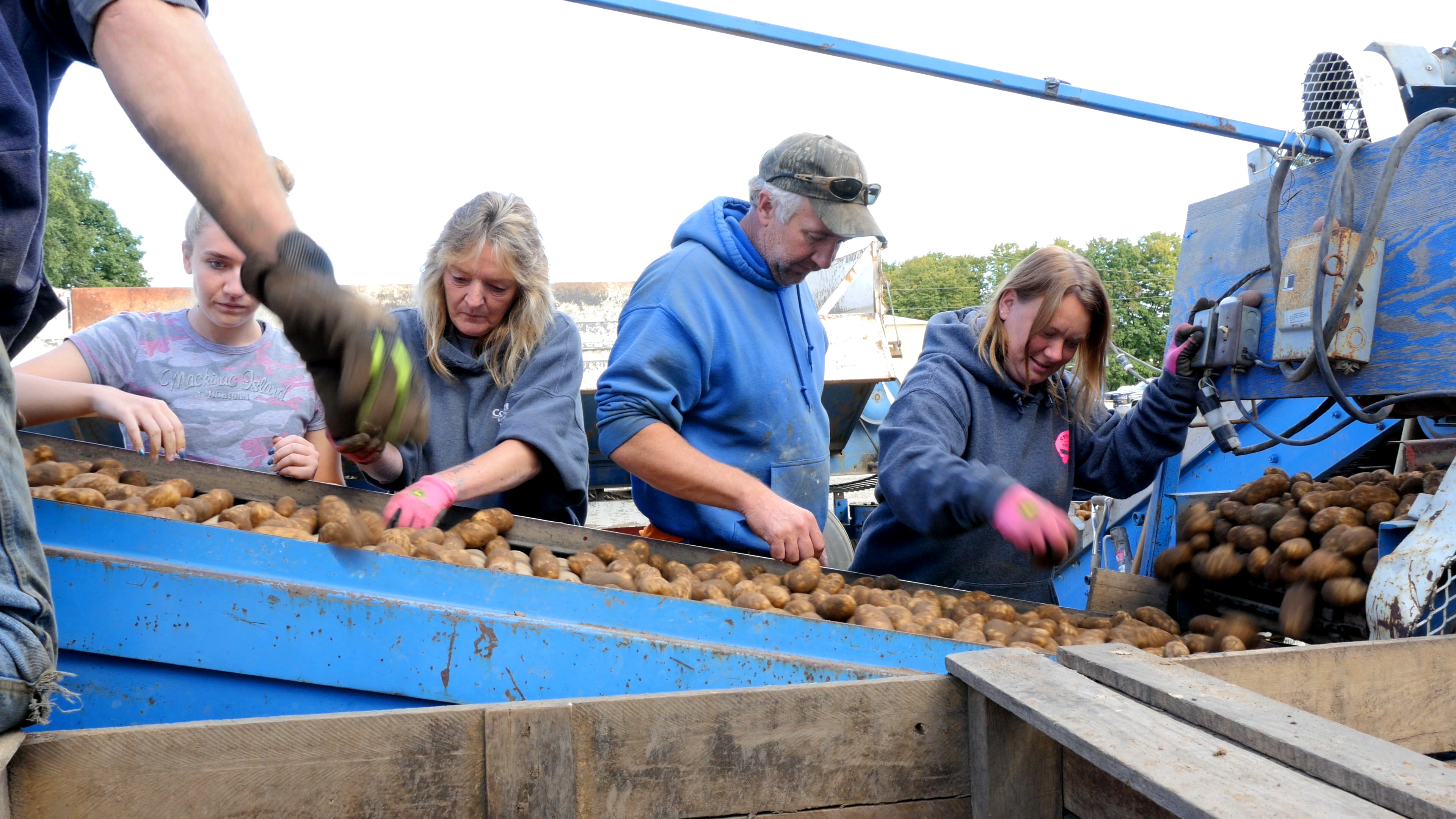
Those who work in farming, construction, gardening, and fishing, can be exposed to between two-three times more UV radiation than indoor workers. However, Dr John McNamara, Teagasc Health and Safety specialist, said research it had carried out indicated that farmers give health issues, including risks from UV sunlight, lower priority than other health and safety issues.
An index on the Met Éireann website displays the maximum UV level forecast under either clear or cloudy skies. The higher the index number, the greater the chance of damage being caused to skin and eyes. Health and safety specialist, Frances Blight, writing in the current issue of the Teagasc publication, Today’s Farm, noted that skin cancer is the most common form of the disease in Ireland.
Central Statistics Office figures (2018) suggest that almost one-in-four (26.6%) of skin cancer deaths are related to the construction, outdoor and farming industries. One death every week in Ireland is at least partly due to sun exposure at work. Dr Triona McCarthy, Consultant in Public Health Medicine, explained that exposure to UV rays from the sun, even on cloudy days, or from artificial sources like sunbeds, is the most common cause of skin cancer.
Damage is irreversible, permanent and cumulative with each exposure. When the UV index is three and above, people need to protect their skin, even if the day is cloudy. Dr McCarthy urged people to review their UV exposure, how long they are outside during the day and for how many days each week. “Use protective clothing that covers your exposed skin including long sleeved, collared shirts, broad brimmed hats and sunglasses. “To help protect your skin additionally use broad spectrum water-resistant Sun Protection Factor (SPF) of at least 30+ and apply every two hours,” she said.
Dr McCarthy said it is important that people check their skin regularly for changes to prevent the development of cancer and to contact their general practitioner if they notice a lump or discoloured patch. “Look out for new growth, or a sore that does not heal in a few weeks, a spot or sore that itches or hurts, crusts, scabs or bleeds, constant skin ulcers with no other explanation for their cause and new or changing moles.
A key message we need to get across to farmers and outdoor workers is that UV sunlight is dangerous, but adopting protective measures leads to long term risk reduction.
The Irish Farmers’ Association is also associated with the work of the Irish Cancer Society in helping communities reduce their risk of cancer and to spot it early. Steps that people can take to stay safe in the sun are outlined in the ICS SunSmart Code. It too recommends wearing a shirt with a collar and long shorts and a hat that gives shade to the face, neck and ears.

Shade should be sought, especially during the peak UV periods and outdoor workers should wear wraparound sunglasses. Some chemicals used on farms, such as creosote, also make skin more sensitive to UV rays. If used incorrectly they can lead to sun burn an increased risk of skin cancer. Safety instructions should always be read before they are used.
There are many myths in Ireland about skin cancer. One is that sun exposure is the best natural source of vitamin D. But this is totally false, according to the Irish Cancer Society (ICS), which says people can also get vitamin D from diet and supplements. Another great myth is that Ireland has not enough good weather to cause a problem with UV rays, but again the ICS has firmly demolished this belief with five simple words: Don’t believe a word of it. “Here in Ireland, we love complaining about the weather, but our skin can be damaged even on cloudy days.
If the sky isn’t clear or the sun isn’t splitting the rocks, many people seem to think that UV rays are not something we need to worry about.
“Not true,” says the ICS, noting that a study has found that UV levels across Ireland were high enough to cause skin damage on almost 90% of the days between April and September.
However, with good protection against UV rays, experts say most cases of skin cancer could be avoided. That advice has now taken on an added importance as the pace of new Covid-19 public health measures come into effect and outdoor work and other activity increases.
